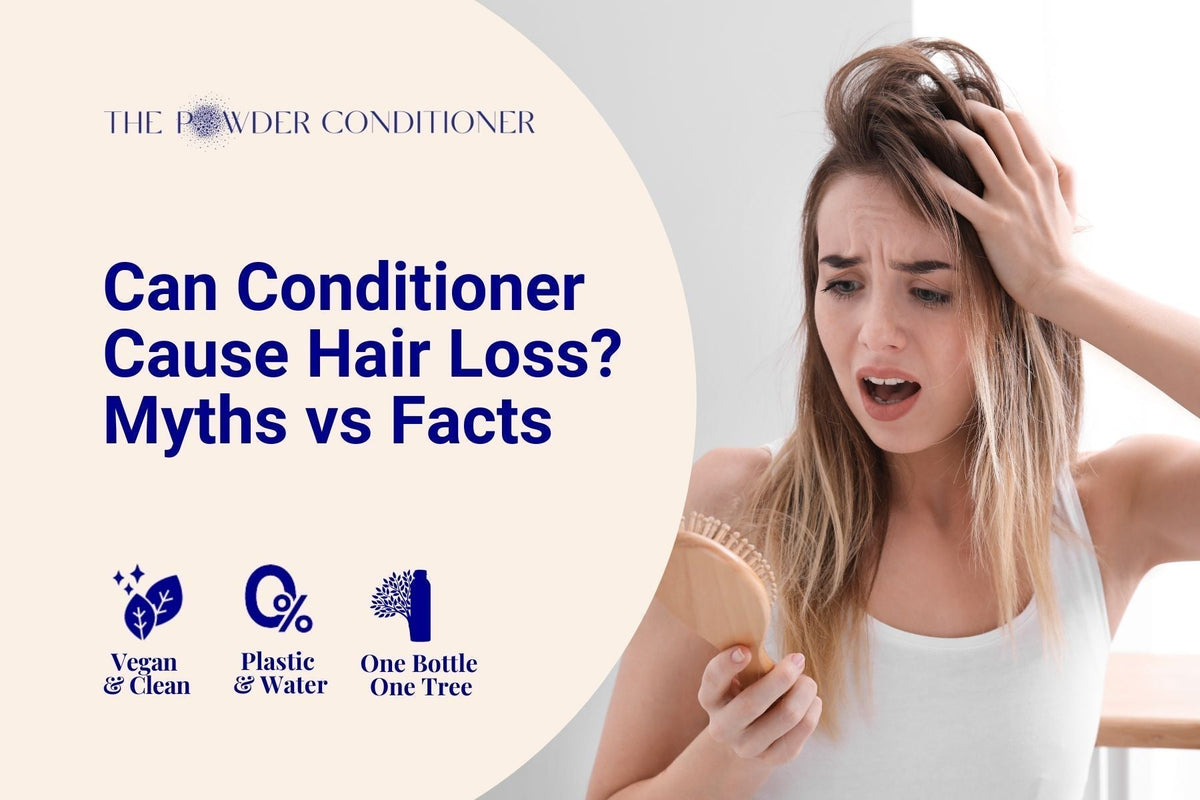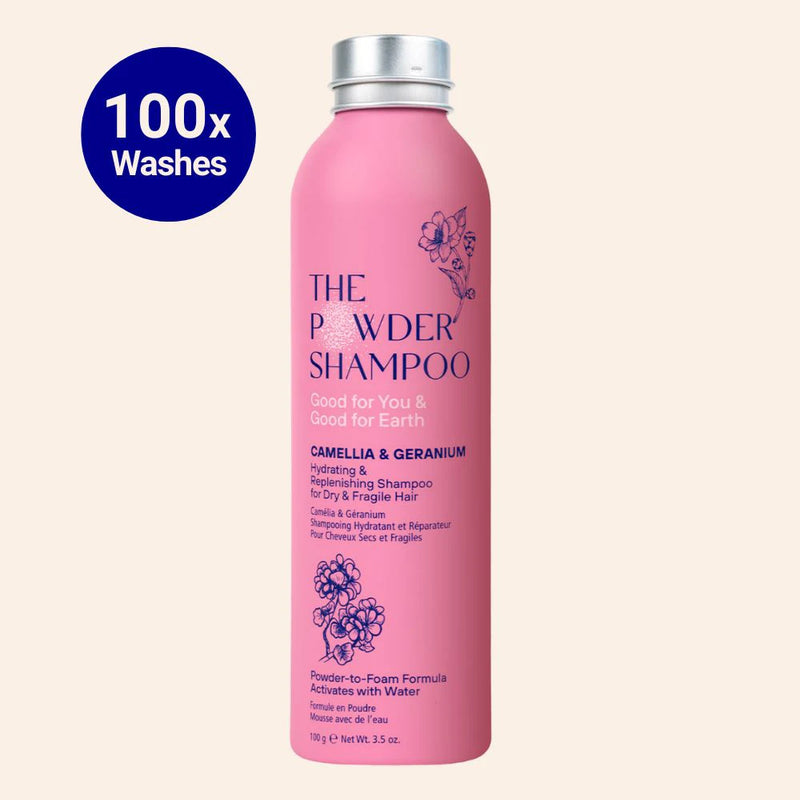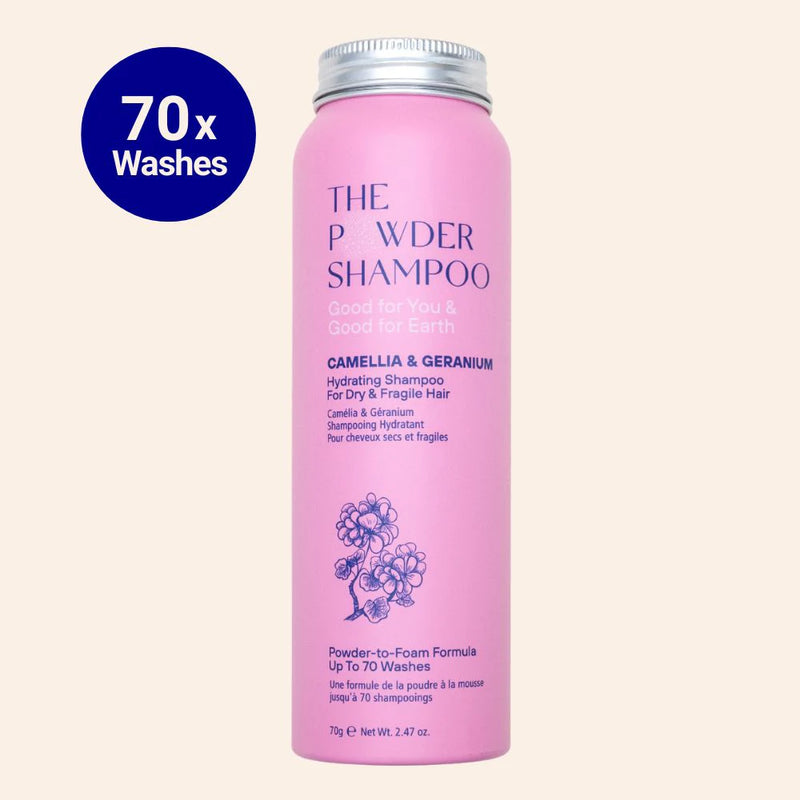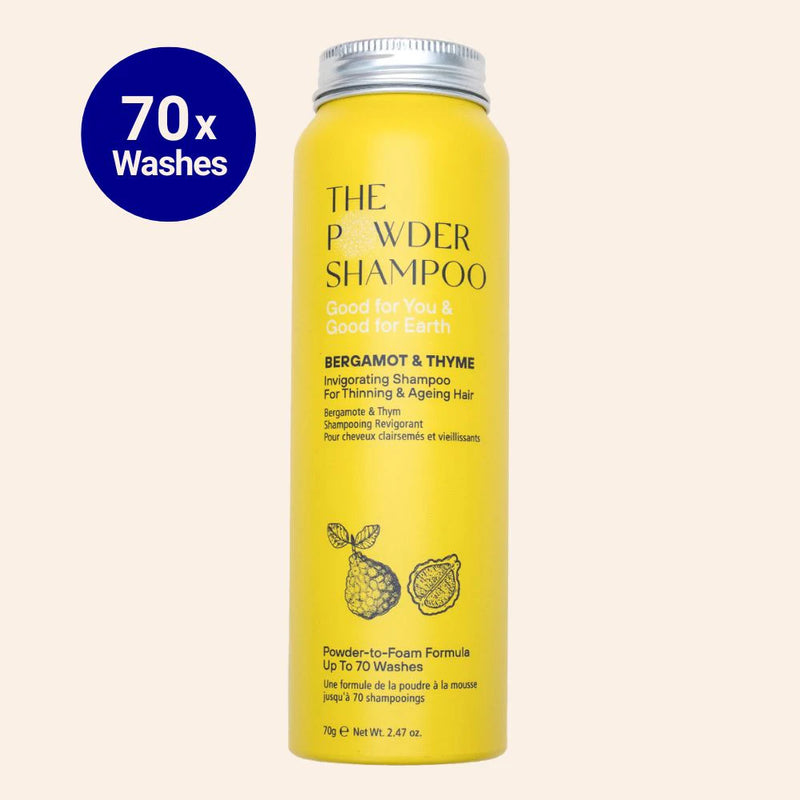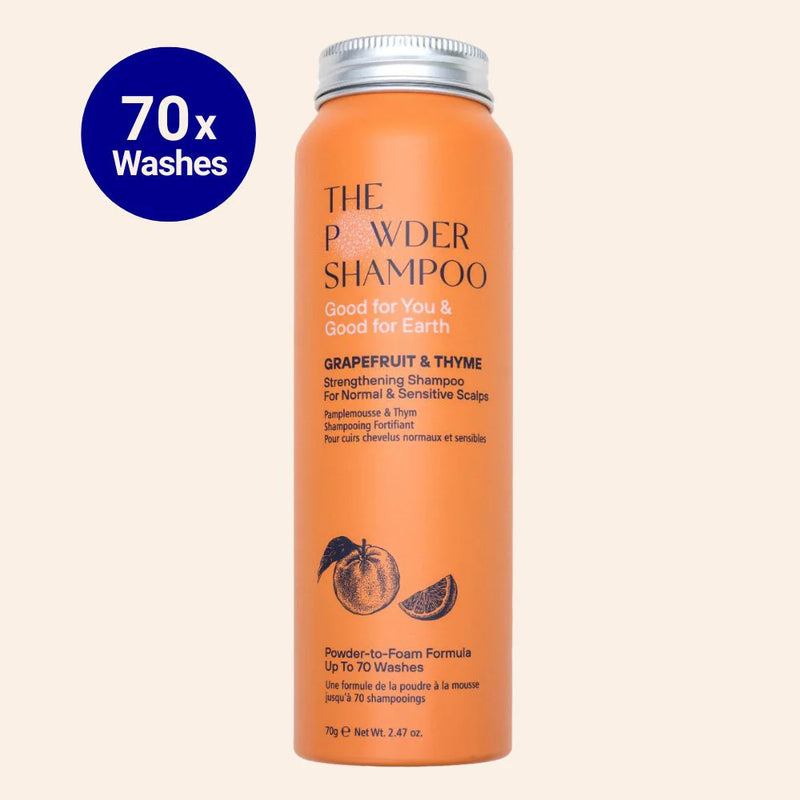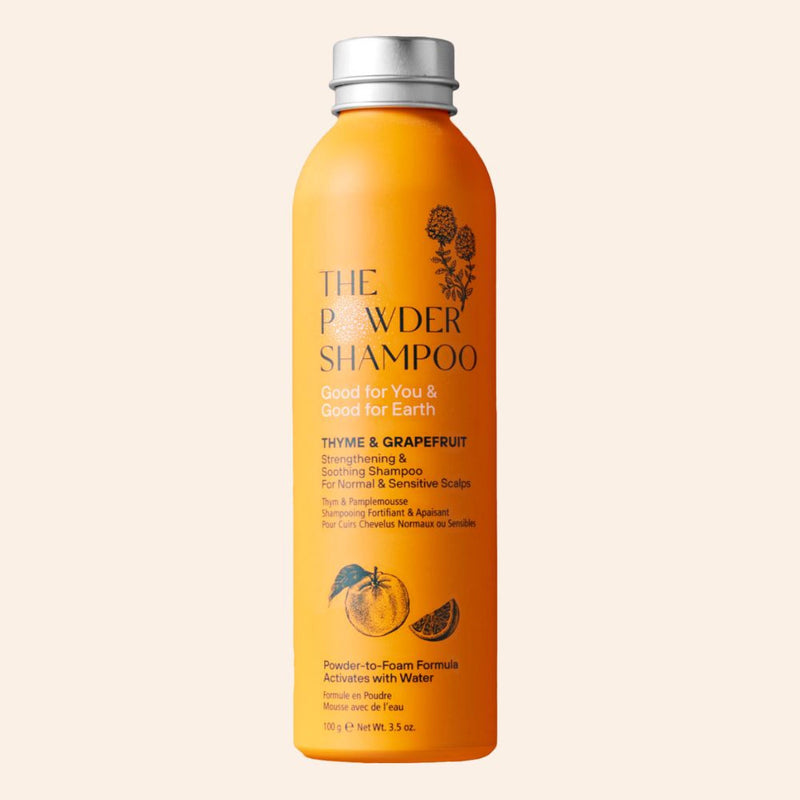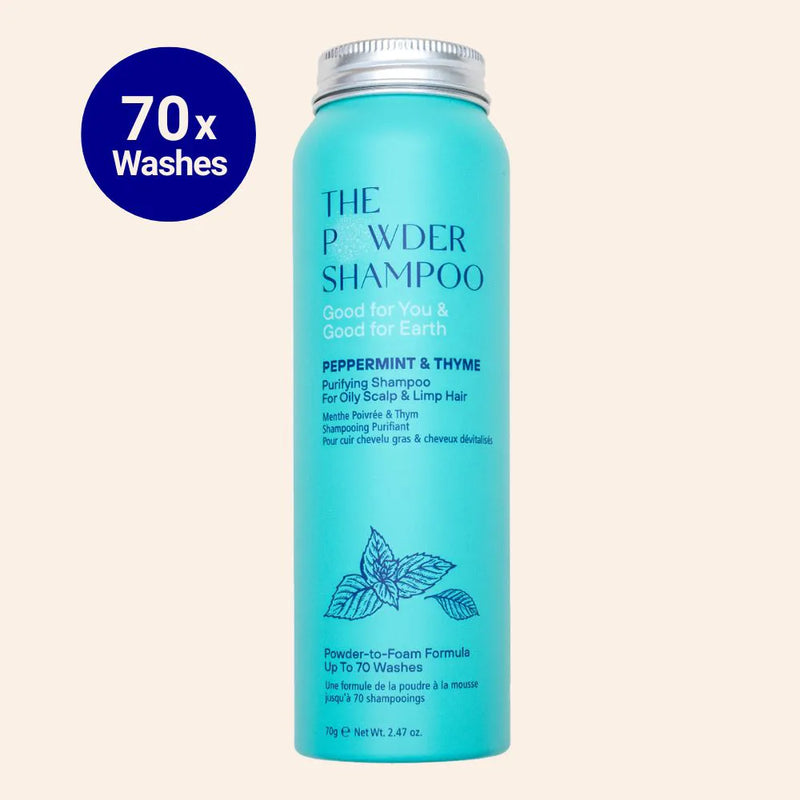Microplastics Are Hiding in Plain Sight — and Most Consumers Have No Idea
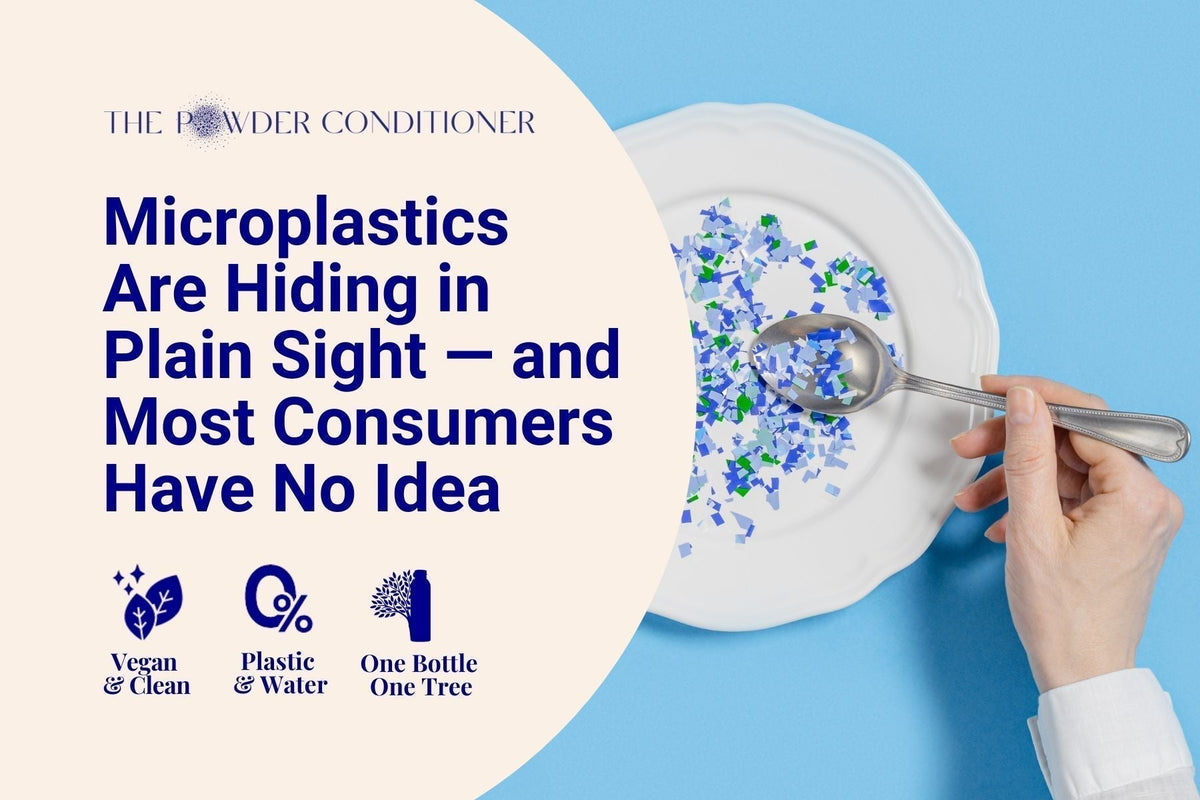
Would you like some plastic with your tea?
Chances are, you're getting some whether you want it or not.
According to a recent South China Morning Post article, 80% of Hongkongers are unaware that their daily tea or coffee may contain microplastics — tiny particles released from plastic packaging, tea bags, and even coffee capsules when exposed to heat.
One single plastic tea bag can release up to 11.6 billion microplastic particles and 3.1 billion nanoplastic particles into your cup. That’s not a futuristic sci-fi headline — that’s today’s reality.

The Real Problem? Awareness.
The Green Council’s recent survey revealed that:
- 70% of people don't know how to identify products containing microplastics.
- Only 20% actively check whether microplastics are present in their purchases.
And this is not just about tea or coffee. Microplastics are turning up in our food, cosmetics, cleaning products, and even drinking water. Yet, there’s no regulation in many countries — including Hong Kong — that requires companies to disclose the presence of microplastics.
Germany Is Leading the Way
Germany has introduced a “microplastic-free” label, covering products from food and cosmetics to household cleaners. This kind of clear, standardized labeling empowers consumers to make informed choices about what they buy, what they consume, and the impact their choices have on both their health and the environment.
If we can label sugar, sodium, and allergens, why not plastic content?

What If the World Followed Germany’s Lead?
Imagine this:
🛒 You’re shopping for shampoo or snacks.
📦 Each product clearly shows its plastic footprint — including microplastics.
💡 You, as the consumer, can now choose the less harmful, more sustainable option.
This level of transparency could:
- Push companies to reformulate and redesign packaging.
- Reduce plastic pollution at scale.
- Spark a new wave of eco-conscious innovation.

It Starts With Awareness — and Ends With Action
Companies, policymakers, and consumers all have a role to play. But it begins with the simple act of knowing what’s in the products we use every day.
Let’s advocate for:
✅ Transparent labeling
✅ Responsible product design
✅ Consumer education
As consumers grow more informed, their choices will push industries to evolve.
📢 Let’s make microplastic labeling the new norm — not the exception.
Blog posts
Featured collection
- Prix ordinaire
- CHF 15.00
- Prix soldé
- CHF 15.00
- Prix ordinaire
-
CHF 30.00
- Prix unitaire
- par
- Prix ordinaire
- CHF 21.00
- Prix soldé
- CHF 21.00
- Prix ordinaire
-
- Prix unitaire
- par
- Prix ordinaire
- CHF 23.00
- Prix soldé
- CHF 23.00
- Prix ordinaire
-
- Prix unitaire
- par
- Prix ordinaire
- CHF 21.00
- Prix soldé
- CHF 21.00
- Prix ordinaire
-
- Prix unitaire
- par
- Prix ordinaire
- CHF 15.00
- Prix soldé
- CHF 15.00
- Prix ordinaire
-
CHF 30.00
- Prix unitaire
- par
- Prix ordinaire
- CHF 21.00
- Prix soldé
- CHF 21.00
- Prix ordinaire
-
- Prix unitaire
- par
